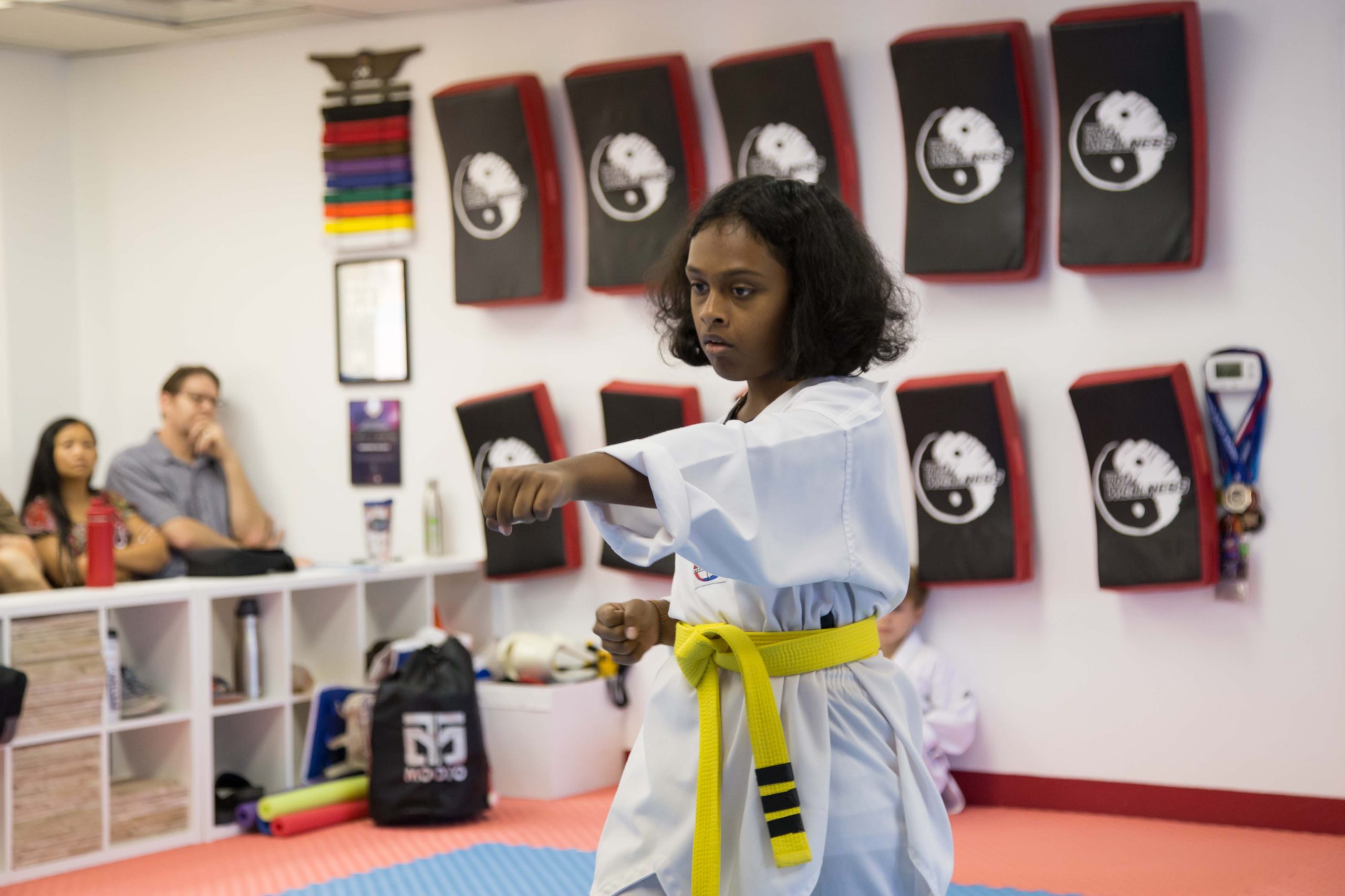
Have you ever considered enrolling your child in a martial arts program? Taekwondo, a dynamic Korean martial art, can be an excellent choice for children. With its emphasis on physical fitness, discipline, and self-defense, Taekwondo offers numerous benefits for young learners. However, for parents who are unfamiliar with the practice, the techniques and terminology can seem daunting. This comprehensive guide aims to demystify Taekwondo techniques, providing a step-by-step breakdown that will help beginners, especially parents, understand the essential elements of this art.
1. The Basics of Taekwondo
Taekwondo focuses on kicking and striking techniques, agility, and flexibility. Students are encouraged to develop physical strength while also honing self-discipline and respect for others. For a beginner, the first step is to understand the basic stances and movements used in Taekwondo:
- Ready stance (Joonbi-seogi): This is the starting position in Taekwondo. Stand straight with your feet together, arms relaxed by your sides.
- Walking stance (Gunnun-seogi): In this stance, the feet are shoulder-width apart, and the weight is distributed evenly between them. It is important to maintain balance and stability while in this stance.
- Front kick (Ap chagi): Lift your knee up to your chest, then extend your leg forward and strike with the ball of your foot. Remember to keep your toes pulled back and your heel down.
- Roundhouse kick (Dollyo chagi): Start by chambering the knee and pivoting on the supporting foot. Swing your leg in an arc motion and strike your target with the top of your foot.
2. Punching Techniques
Taekwondo also incorporates various punching techniques to enhance self-defense skills and improve upper body strength. Here are a few fundamental punching techniques for beginners:
- Straight punch (Bandae jireugi): Extend your arm straight out from the shoulder, making contact with your two largest knuckles. Keep your other hand guarding your face for protection.
- Reverse punch (Baro jireugi): Start with your back hand close to your chest and your lead hand guarding your face. Rotate your hips forward and simultaneously extend your arm, striking with the two largest knuckles of your back hand.
3. Blocks and Kicks
Another essential aspect of Taekwondo is learning effective blocking techniques. Blocks are used to protect oneself from an opponent’s attacks. Here are two common blocking techniques:
- Inside block (An makgi): Raise your forearm, bending at the elbow and crossing it in front of your body to block incoming attacks from your opponent’s outside.
- Outside block (Bakat makgi): Raise your forearm, bending at the elbow and crossing it in front of your body to block incoming attacks from your opponent’s inside.
In addition to blocks, kicks play a significant role in Taekwondo techniques. Kicks allow practitioners to strike opponents from varying distances. Here are a few fundamental kicking techniques for beginners:
- Front kick (Ap chagi): As previously mentioned, the front kick is executed by raising the knee to the chest and extending the leg forward, striking with the ball of the foot.
- Side kick (Yop chagi): Shift your weight onto the leg you plan to lift. Raise your knee to the side, then extend your leg in a kicking motion, striking with the heel or blade of the foot.
- Roundhouse kick (Dollyo chagi): The roundhouse kick utilizes a circular motion, striking with the top of the foot or the shin. Pivot on your supporting foot and swing your leg in an arc motion.
4. Forms (Patterns/Poomsae)
Forms, also known as patterns or poomsae, are a series of prearranged movements performed individually. Forms help students practice techniques, improve focus, and develop muscle memory. Each belt level typically has a designated form to learn. As a beginner, it is important to understand and focus on the basic forms before moving on to more intricate ones.
5. Sparring (Kyorugi)
Sparring is a controlled practice fight between two practitioners, allowing them to apply their techniques in a realistic dynamic setting. When engaging in sparring, safety gear is essential to protect against injuries. It is crucial for beginners to start with light contact and gradually progress to more intense sparring sessions as their skills and confidence improve. At TKD Wellness children under age 12 are not required to spar until green belt but can start at the second rank, yellow belt, usually 3-6 months after starting. Teens and adults are able to begin sparring as a white belt but as mentioned above, we start with structured sparring drills and light contact sparring.
Conclusion:
Taekwondo is a martial art that encompasses much more than simply learning self-defense techniques. For children, it offers an opportunity to build physical fitness, mental discipline, and self-confidence. By understanding and practicing the fundamental techniques, parents can better appreciate their child’s progress but also provide support and encouragement along the journey. Remember, Taekwondo is a lifelong pursuit, and with time and dedication, beginners can become skilled practitioners, reaping the numerous benefits this martial art has to offer.
Written by AI & Reviewed by Clinical Psychologist & Head Coach: Yoendry Torres, Psy.D.
Disclaimer: Please note that some blog posts may contain affiliate links and Sana Network will earn a commission if you purchase through those links at no additional cost to you. We use all of the products listed and recommend them because they are companies or products that I have found helpful and trustworthy. Our website is supported by our users.